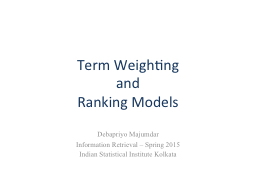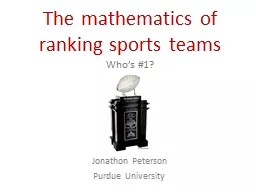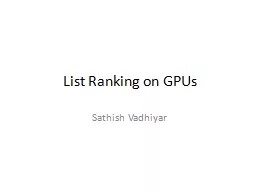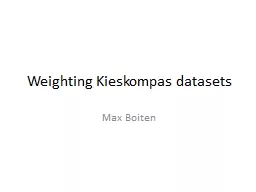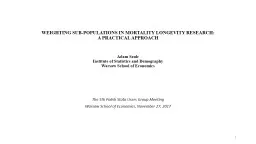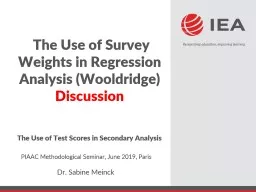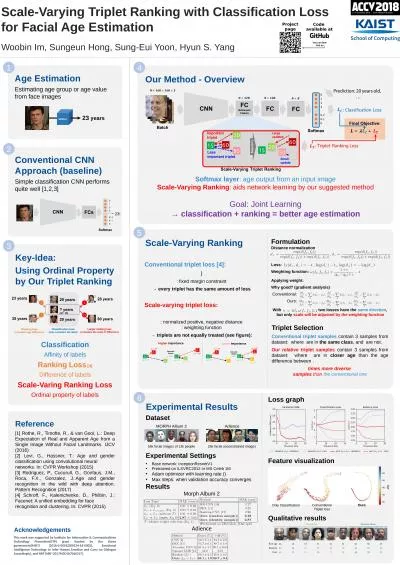PPT-Term Weighting and Ranking Models
Author : byrne | Published Date : 2024-02-09
Debapriyo Majumdar Information Retrieval Spring 2015 Indian Statistical Institute Kolkata Parametric and zone indexes Thus far a doc has been a sequence of terms
Presentation Embed Code
Download Presentation
Download Presentation The PPT/PDF document "Term Weighting and Ranking Models" is the property of its rightful owner. Permission is granted to download and print the materials on this website for personal, non-commercial use only, and to display it on your personal computer provided you do not modify the materials and that you retain all copyright notices contained in the materials. By downloading content from our website, you accept the terms of this agreement.
Term Weighting and Ranking Models: Transcript
Download Rules Of Document
"Term Weighting and Ranking Models"The content belongs to its owner. You may download and print it for personal use, without modification, and keep all copyright notices. By downloading, you agree to these terms.
Related Documents

